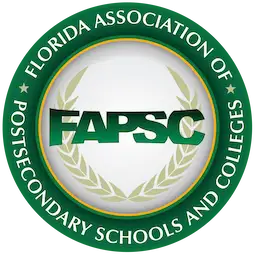What is the History of Emergency Medical Services?
![]()
Today, Emergency Medical Services (EMS) play a large role in communities everywhere.
Emergency medical technicians (EMTs) and paramedics are typically among the first people to arrive on the scene of a major medical or other type of emergency, and their training and background allow them to deliver immediate, life-saving care. EMS divisions are part of hospitals, fire departments, or other local agencies. Individuals today can be trained to work as volunteer or paid, career members of EMS, but these services were not always structured the way they are now.
The First Appearance of the Ambulance in EMS
The Emergency Medical Residents’ Association (EMRA) indicates the EMS as dating back to the Civil War era in the United States. With an entire nation at war with itself, citizens found it necessary to devise a method of emergency evacuation of sick or wounded, and a military-organized emergency medical system was devised.
In 1865, an ambulance was first used to transport civilians in Cincinnati, OH. Four years later, a similar emergency transport mechanism emerged in New York, with a notable exception: according to the EMRA, it carried a quart of brandy to each person the attendants transported.
EMS Emerging
In the years following World War I, emergency squads began to emerge in New Jersey, Virginia, and other places at the behest of local and municipal governments. By the 1950s and ’60s, work was being done to make progress in the area of cardiopulmonary resuscitation—known better as CPR, and one of the medical procedures most often associated with modern EMS. These developments indicated to the medical community a need for intervening care, before patients arrive at a hospital, when time is of the essence and medical treatment is needed in timely order.
In the later 1960s, as motor vehicles became common to more and more households, an uptick in traffic accidents resulting in the need of emergency medical treatment. A series of measures based on these emerging patterns resulted in the National Highway Safety Act of 1966, the Department of Transportation, and eventually, the EMS Act of 1973.
The EMS Act allowed for funding to create over 300 EMS departments nationwide.















